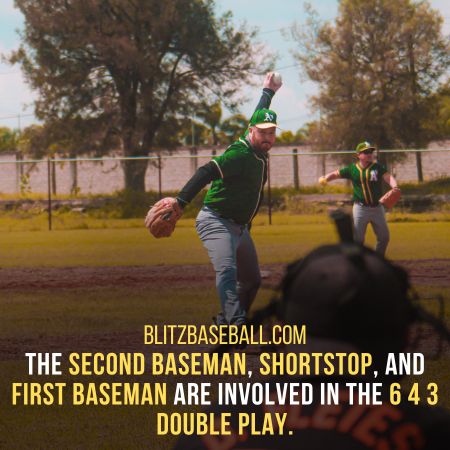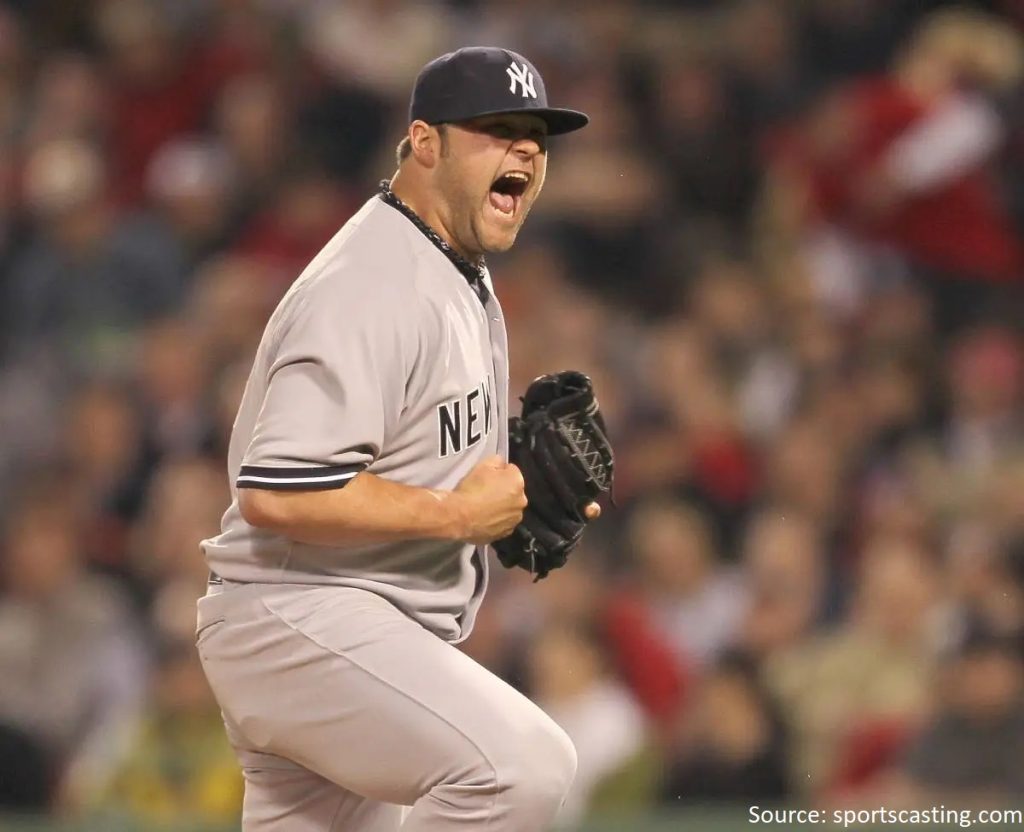Double plays are rare but exhilarating occurrences in the game of baseball that often leave fans in awe. One specific type of double play, the 6-4-3 double play, is considered one of the rarest and most intricate plays in the sport.
In this play, the second baseman, shortstop, and first baseman collaborate harmoniously to secure two outs in a single play.
Understanding the intricacies and roles of different defensive positions such as the pitcher, catcher, first baseman, second baseman, shortstop, and third baseman is crucial in comprehending the execution of double plays.
This article aims to delve into the world of double play forensics, providing a comprehensive analysis of the various types of double plays, the positions involved, and even unassisted double plays.
By exploring the mechanics and strategies behind these exciting baseball plays, readers will gain a deeper appreciation for the skill and teamwork required to execute successful double plays.
Key Takeaways
- The 6 4 3 double play is one of the rarest types of double plays in baseball.
- The second baseman, shortstop, and first baseman are involved in the 6 4 3 double play.
- The shortstop is the first role in all types of double plays that start with the number 6.
- There is a high probability of one 6-4-3 double play in each inning according to Major League Baseball scoreboard research.
Types of Double Plays: 6-4-3 Double Play
One of the rarest types of double plays in baseball is the 6 4 3 double play, which involves the second baseman, shortstop, and first baseman working together to get two outs in a single play.
This type of double play requires a combination of skill, coordination, and strategic positioning. Double play strategies often involve the pitcher inducing a ground ball, which is then fielded by the shortstop or second baseman.
The fielder then quickly throws the ball to the second baseman or shortstop, who pivots and throws to the first baseman in an attempt to get the runner out.
This type of double play has been executed by many famous baseball teams throughout history, showcasing the importance of teamwork and defensive prowess in the game.

Positions Involved
The involvement of various defensive positions in the execution of double plays is crucial for the successful completion of the play. Each defensive position in baseball has specific fielding responsibilities that contribute to the overall strategy of turning a double play.
The pitcher plays a central role in double plays by initiating the play and often throwing the ball to the infielders. Their main responsibility is to induce ground balls or weakly hit balls that can be easily fielded.
The second baseman and shortstop work together to cover a large zone in the middle of the infield and are responsible for fielding the ball and making accurate throws to initiate the double play.
The first baseman is often involved in double plays by receiving throws from the infielders and making the final out at first base.
The coordination and communication between these defensive positions are essential for successfully executing a double play and getting two outs in a single play.

Unassisted Double Plays
Unassisted double plays are often achieved by infielders, particularly shortstops and second basemen, through the execution of line drives or soft catches followed by getting the batter out and tagging the second base to eliminate the runner. These plays require exceptional fielding skills and quick reflexes.
Here are some techniques used in unassisted double plays:
-
Fielding Line Drives: Shortstops and second basemen position themselves strategically to intercept line drives hit between the shortstop and second base area. They must react swiftly and make clean catches to start the double play.
-
Soft Catches: In some cases, the ball may be hit softly towards the shortstop or second baseman. They must make precise, controlled catches and quickly transition into throwing out the batter and tagging the base to complete the double play.
-
Awareness and Timing: Infielders must have a keen awareness of the runners on base and the speed of the batter. They need to time their actions perfectly to execute the double play efficiently.
In baseball history, there have been several famous unassisted double plays, showcasing the exceptional skills of infielders.
One notable example is Bill Wambsganss’ unassisted triple play in the 1920 World Series, where he caught a line drive, tagged second base, and tagged the runner from first base.
Another memorable unassisted double play was turned by Mickey Morandini in 1992, where he caught a line drive and tagged the runner from first base.

These plays require a combination of athleticism, instincts, and precise execution to achieve the rare feat of an unassisted double play.
Frequently Asked Questions
What is the role of the designated hitter in double plays?
The role of the designated hitter in double plays is minimal as they do not typically participate in defensive plays. Their primary function is to bat in place of the pitcher, providing offensive power to the team.
How does the left fielder contribute to double plays?
The left fielder contributes to double plays through their positioning and throwing accuracy. They are responsible for catching failed home runs and can assist in scoring unassisted plays. Their role in double plays varies depending on the specific play and situation.
Can the center fielder be involved in unassisted double plays?
The center fielder is typically not involved in unassisted double plays due to their positioning in the outfield. However, strategies for executing unassisted double plays involve the coordination and communication between infielders, such as the shortstop and second baseman.
Are there any other types of double plays besides the ones mentioned in the article?
In addition to the types of double plays mentioned in the article, there are various other variations. These include the 3-2-3 double play involving the first baseman or third baseman, and the 6-3-5 double play involving the shortstop, first baseman, and third baseman in order. The catcher plays a vital role in double plays by making force outs.
How often does the 3-2-3 double play occur in baseball games?
The frequency of the 3-2-3 double play in baseball games is relatively low. It occurs when either the first baseman or third baseman fields a sharp ground ball and throws it to the catcher or second baseman. Strategies to execute this play involve positioning and quick reflexes.
